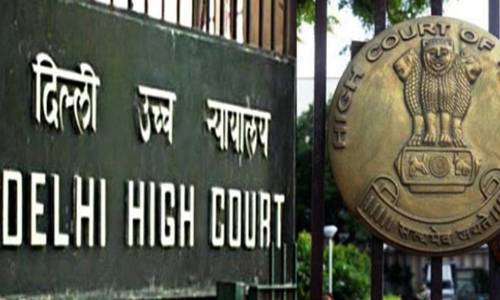
The Delhi High Court in Gurdeep Singh V. State observed that in a case where the accused is last seen together with the deceased, the prosecution is exempted to prove the exact happening of the incident as the accused himself would have "special knowledge" of the incident. The burden of proof as per Section 106 of the Evidence Act in such a case would be on the accused.
At the very outset, the Court discussed the scope of Section 106 of the Indian Evidence Act which first came up before the Hon’ble Supreme Court for consideration in the decision reported as AIR 1956 SC 404 Shambhu Nath Mehra v. State of Ajmer wherein it was held that “the general rule that in a criminal case the burden of proof is on the prosecution and Section 106 is certainly not intended to relieve it of that duty. On the contrary, it is designed to meet certain exceptional cases in which it would be impossible, or at any rate disproportionately difficult, for the prosecution to establish facts which are “especially” within the knowledge of the accused and which he could prove without difficulty or inconvenience. The word “especially” stresses that. It means facts that are pre-eminently or exceptionally within his knowledge. If the section were to be interpreted otherwise, it would lead to the very startling conclusion that in a murder case the burden lies on the accused to prove that he did not commit the murder because who could know better than he whether he did or did not. It is evident that that cannot be the intention and the Privy Council has twice refused to construe this section, as reproduced in certain other Acts outside India, to mean that the burden lies on an accused person to show that he did not commit the crime for which he is tried. These cases are Attygalle v. R. [1936 SCC OnLinePC20] and Seneviratne v. R. [1936 SCC OnLine PC 57]”
The Court also referred to the dictum held in State of West Bengal v. Mir Mohammad Omar and Ors. that says that the pristine rule that the burden of proof is on the prosecution to prove the guilt of the accused should not be taken as a fossilised doctrine as though it admits no process of intelligent reasoning. The doctrine of presumption is not alien to the above rule, nor would it impair the temper of the rule.
In State of Rajasthan vs. Kashi Ram it was held that if a person is last seen with the deceased, he must offer an explanation as to how and when he parted company. He must furnish an explanation which appears to the Court to be probable and satisfactory. If he does so he must be held to have discharged his burden. If he fails to offer an explanation on the basis of facts within his special knowledge, he fails to discharge the burden cast upon him by Section 106 of the Evidence Act.
Therefore, in the light of the aforesaid noted decisions, the Court laid down the following principles for application of Section 106, they are:-
Section 106 of the Indian Evidence Act is designed to meet certain exceptional cases where the facts which are especially in the knowledge of the accused would be disproportionately difficult for the prosecution to establish.
Before invoking Section 106 of the Indian Evidence Act, the prosecution is bound to prove the foundational facts.
Only the facts within the special knowledge of the accused are required to be explained to discharge the burden cast on the accused under Section 106 of the Indian Evidence Act.
In case the burden on the accused is not discharged, an adverse inference is required to be drawn and the fact of non-offering of reasonable explanation can be treated as an additional link in the chain of circumstances proved against him.
The burden required to be discharged by the accused under Section 106 of the Indian Evidence Act is not of proof beyond reasonable doubt but the explanation should be a probable one compatible with the innocence of the accused.

